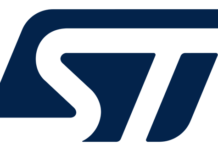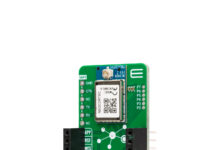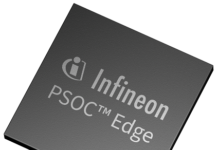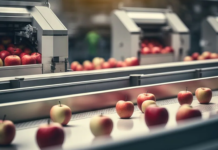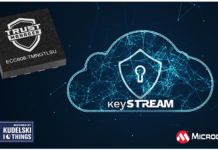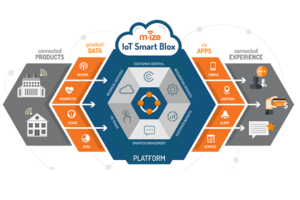
The world today, as we know it has been rapidly changing in terms of technological and scientific advancements. One such phenomenon to which this can be attributed is the Internet of Things or IOT. One may ask though- What is IOT? , How does it impact us?
What is IOT?
The Internet of Things is similar to the Internet of People where people connect, communicate and share data over the internet via social media. IOT imbibes a similar concept and enables the transfer and sharing of data through- things. These things can be any device that can connect to the cloud, internet or another device that exists in proximity with the help of wired or wireless connections such as Ethernet cables, Wi-Fi, Bluetooth, Zigbee, etc. This connection of things or devices is what constitutes the IOT.
By 2020 the world population is expected to reach 8 billion and the number of devices connected to the internet is expected to be around 30 billion. These statistics imply that personal computers are not the only connected devices. These devices could include wearable devices, thermostats, smart cars or AI assistants such as Alexa, Google home, etc. This shows that IOT will eventually be an integral part of our daily lives.
Smart Connected Product
Questions might arise as to – how is it advantageous? Or even better- how does it change our lives? To answer this one must understand the capabilities of an SCP or a Smart Connected Product. An SCP provides us with the abilities to monitor, control, optimize and automate the product which we desire to operate.
For example, a farmer need not be physically present in the field to check if the soil has enough moisture to sow seeds or to water crops. Instead he/she can use the data from a smart connected device (‘thing’) inserted in the soil to check for the required moisture in the soil and simply monitor the data on an app by sitting at home.
A person living in a smart connected home will have direct access and control to the lock, thermostat, lights etc., just within a touch of their smart phones. This allows a user direct control over these physical devices. Optimization and automation of products can be seen in factories that operate large machinery where the energy supplied can be optimized depending on the load and machinery can be automated remotely.
How does the IOT work after all? One of the latest and successful SCPs has been the Fitbit. The Fitbit is a wearable device that collects data about an athlete’s physical performance and sends back meaningful feedback to the user. It consists of a wearable band which is the physical component of the product. The Fitbit includes sensors such as an accelerometer which measures the number of steps taken in a unit time. This collected data is then analyzed to calculate the meaningful data such as calories burnt, to the user. The Fitbit can then connect wirelessly via Bluetooth to a smart phone and this data is displayed to a user via an app.
Examples of IOT in the market
Samsung Smart Things (A glimpse of home automation)
One of the recently introduced IOT products in home automation has been the Smart Things by Samsung. Smart Things includes a Smart Things hub which acts as the brain of a network of connected devices. This hub has the capabilities of connecting to a wide range of devices such as lights, security systems, thermostats and almost every other household appliance with wireless connectivity. Smart Things is compatible with almost every smart device available currently and allows control with the help of voice assistants such as Amazon’s Alexa and Google.
Connected Cars
Q’s cars for James Bond could be the future of cars that we are looking at. Companies like Tesla, BMW, Google and AT&T are working on achieving full connectivity and automation. A connected car is a vehicle which is able to optimize its operations, maintenance as well as comfort of passengers using on board sensors and internet connectivity. These cars can perform functions such as ignition, door locking, GPS navigation and play music via smart phones and even respond to voice commands. The main priority of these companies though, is to ensure the driver’s safety.
The above examples of SCPs raise an important question as to where the difference lies between an SCP and a normal product. The answer to this lies in the not so far away future where IOT is a global phenomenon.




